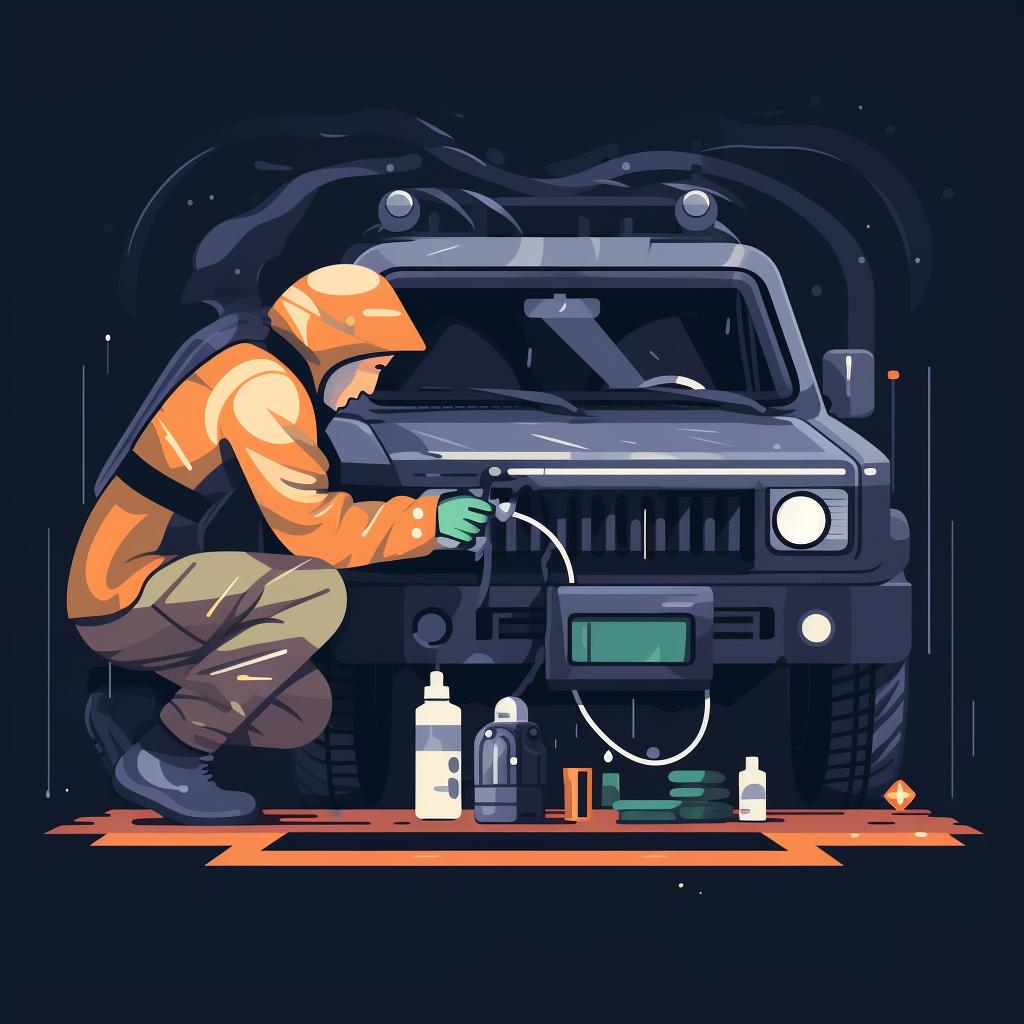🏖️ Basic 4x4 Vehicle Check for Beach Driving Adventures 🚗
Embarking on a beach driving adventure is a thrilling experience, but it requires careful preparation to ensure a safe and enjoyable journey. Our step-by-step guide above provides an essential checklist for your 4x4 vehicle before hitting the sandy terrain. However, there's more to beach driving than just a vehicle check. Let's delve deeper into how you can fully equip yourself for this unique adventure.
Firstly, it's crucial to understand the vehicle requirements and preparations for a successful beach drive. Knowing what your vehicle needs and how to prepare it for beach driving can make all the difference between a memorable adventure and a frustrating experience.
Secondly, planning is key. Whether you're heading to Florida's popular beaches or the Outer Banks, having a well-planned beach driving road trip itinerary will ensure you make the most of your journey. Remember, different beaches have different rules, permits, and access points, so always do your research.
Next, let's talk about safety. Driving on the beach is different from regular road driving, and it comes with its own set of challenges. From understanding the tide times to knowing how to navigate soft sand, our beach driving safety tips and best practices will help you stay safe on the sand.
Lastly, don't forget to pack the right equipment. A well-equipped 4x4 is your life jacket on wheels. Whether it's a tyre pressure gauge, a shovel, or recovery boards, knowing what equipment to keep in your 4x4 for off-road beach driving can save you from tricky situations.
In conclusion, beach driving is an exhilarating way to explore the coast. But like any adventure, it requires careful preparation. So, follow our guide, equip your vehicle, plan your journey, prioritize safety, and pack the right equipment. Happy beach driving!

















